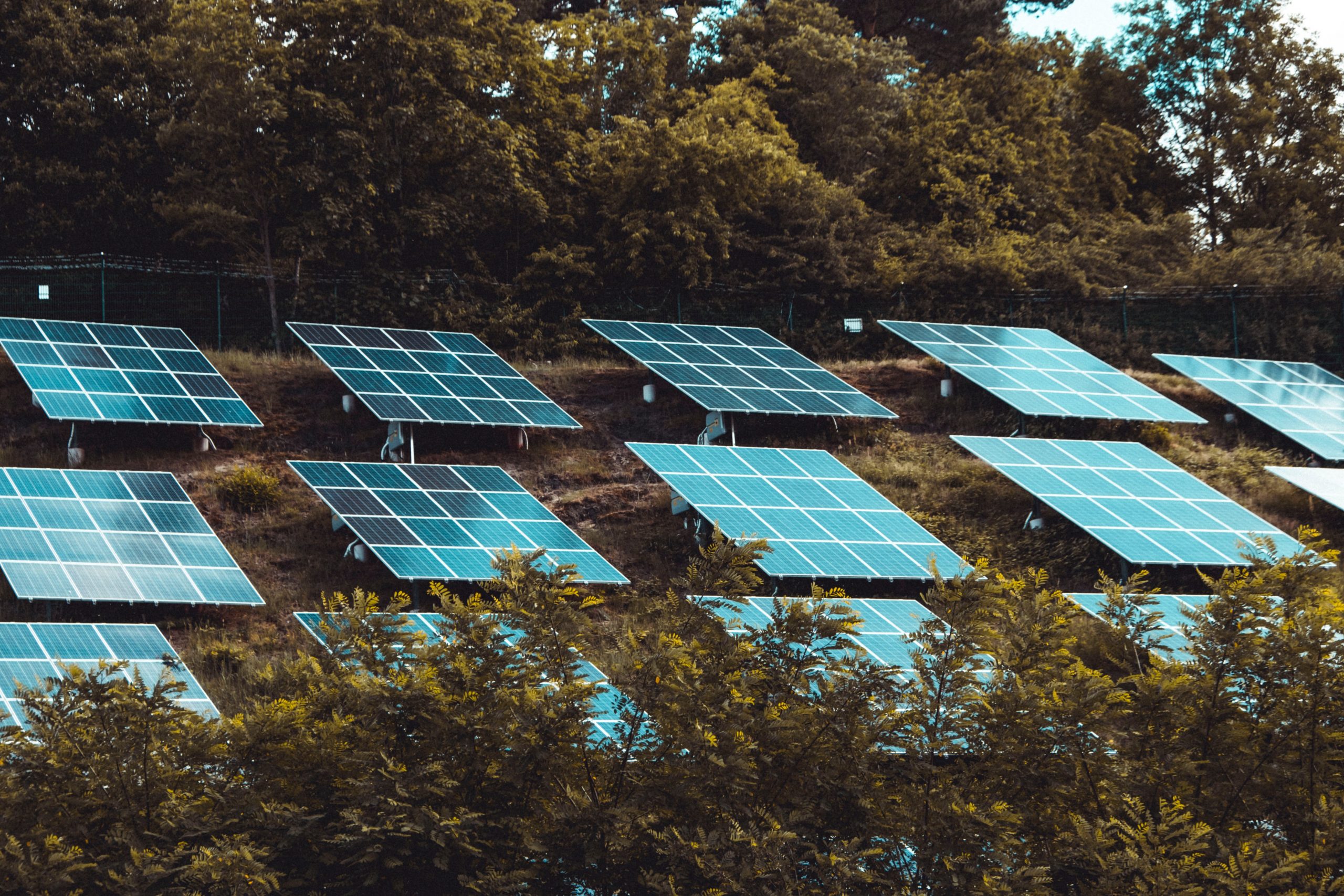
In this article, we'll delve into the fascinating world of solar cells and explore how they generate electricity. Whether you're considering installing solar panels for your home or business in the UK, understanding this renewable energy source can help you make informed decisions.
Understanding Solar Cells
Solar cells, also known as photovoltaic (PV) cells, harness sunlight to create electricity. These cells absorb photons from sunlight and convert them into electrical energy that powers homes and businesses. When sunlight hits the semiconductor material in a solar cell, it excites the electrons within the material, creating an electric current that flows through conductive wires and eventually powers appliances or gets sent to the grid.
This phenomenon is referred to as the photovoltaic effect, a scientific principle that has been studied since the 19th century. The photovoltaic effect was first observed in 1839 by French physicist Edmond Becquerel, but it took over a century for scientists to develop practical applications for this technology. Today, advancements in materials science have led to highly efficient solar cells that are widely used across the globe.
How Do Solar Panels Function?
Solar panels consist of multiple solar cells connected together. When sunlight strikes these cells, they produce direct current (DC) electricity. However, most household devices run on alternating current (AC), so a solar inverter is necessary to convert the DC electricity into AC electricity. Once converted, the electricity can be used immediately or stored in batteries for later use.
Here's a step-by-step breakdown of how solar panels work:
- Sunlight hits the solar panel and is absorbed by the cells.
- The cells generate electrical current.
- The current is converted from DC to AC via an inverter.
- The AC electricity powers your home or charges a battery for future use.
Modern solar systems often include smart meters that track energy consumption and production, helping homeowners optimize their energy usage and potentially sell excess energy back to the grid through net metering programs.
The Three Types of Solar Panels
There are three primary types of solar panels available on the market today:
- Monocrystalline panels, known for their high efficiency and sleek appearance.
- Polycrystalline panels, which are slightly less efficient but more affordable.
- Thin-film panels, which are lightweight and flexible but typically less efficient than crystalline options.
Choosing the right type of panel depends on factors such as budget, space availability, and specific energy needs. Consulting with a professional installer can ensure you select the best option for your situation.
A Brief History of Solar Cells
The concept of photovoltaics dates back to 1839 when French physicist Edmond Becquerel first demonstrated the photovoltaic effect. Over the decades, researchers continued to refine this technology, culminating in the creation of the first practical solar cell by American inventor Charles Fritts in 1883. Early solar cells were made from selenium, but it wasn't until the mid-20th century that silicon became the dominant material due to its superior performance.
By the 1960s, solar cells found their first major application in powering satellites in space. In subsequent decades, advancements in manufacturing processes drove down costs and improved efficiency, making solar energy accessible to households and businesses worldwide. Today, solar farms spanning vast areas of land produce clean energy on an industrial scale, contributing significantly to global efforts to combat climate change.
Can Solar Panels Work Without Direct Sunlight?
Absolutely! While solar panels perform optimally under bright sunlight, they can still generate electricity on cloudy days or even indoors, thanks to ambient light. Even indirect sunlight contains enough photons to activate the photovoltaic effect and produce some level of electricity. However, brighter conditions naturally lead to higher output levels.
Storing Excess Energy
One of the greatest advantages of modern solar systems is the ability to store excess energy for later use. This is achieved through solar batteries, which convert AC electricity into a storable form using inverters. Stored energy can then be utilized during periods of low sunlight, such as nighttime or inclement weather, ensuring continuous power supply without relying solely on the grid.
Conclusion
As awareness about environmental sustainability grows, solar energy continues to gain traction as a viable alternative to traditional fossil fuel-based electricity generation. By investing in solar panels, individuals and organizations alike can contribute to reducing greenhouse gas emissions while enjoying financial benefits associated with lower utility bills. If you're interested in learning more about solar energy solutions tailored specifically for your location, feel free to reach out to our dedicated team—we'd love to assist you!
Castings For Steel Mill are a special kinds of products for Huanyu New Materials. At present, chain links for steel mill are main products. Chain links for steel mill are manufactured by investment casting. Various shapes and sizes of chain links for steel mill can be customized.
Castings For Steel Mill,Chain Links For Steel Mill,Steel Castings,Welded Steel Mill Chain
Jilin Huanyu New Materials Manufacturing Co., Ltd , https://www.huanyufoundry.com